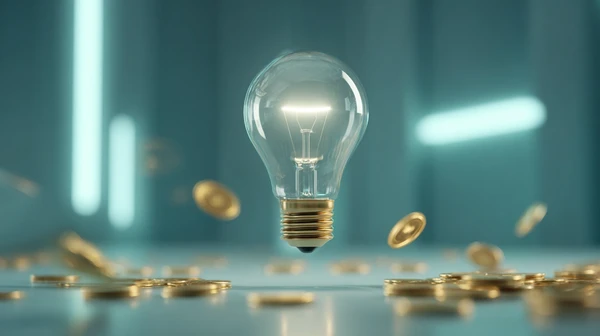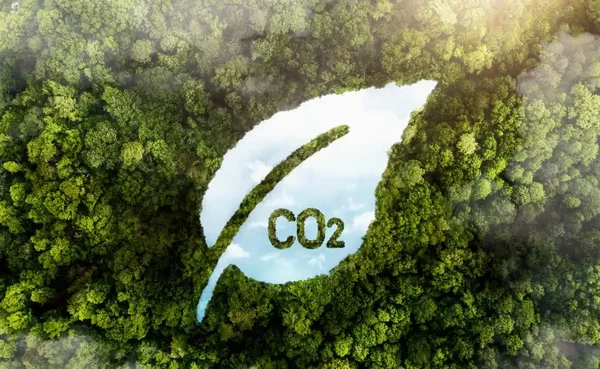A path towards the energy crisis
Energy consumers are appalled by the current levels of electricity and natural gas prices not only in Poland but throughout Europe and even beyond its borders. It is very difficult to plan sales, let alone create budgets that can be 'delivered' and not updated every month. In many companies, the cost of energy directly affects their competitiveness internationally. Therefore, decisions about the possible purchase of electricity, natural gas or CO2 emission allowances are very difficult.
The snowball gained momentum
The current price situation is the result of a number of unfavourably overlapping events:
1. The effect of the COVID19 pandemic
The willingness of economies to make up for losses. The year 2021 is largely the year of economies' emerging from the Pandemic and making up for the lost benefits of 2020. As a result, the demand for raw materials has increased dramatically.
2. CO2 and the ambitions of the European Union.
The growing ambitions of the European Union with regard to climate goals contributed to the increase in the prices of CO2 certificates. After information on the plans to tighten the reduction targets towards at least 55% reduction in greenhouse gas emissions by 2030 compared to 1990 levels was announced on December 10, 2020, in April 2021 the negotiators of the Council and the European Parliament reached a preliminary political agreement which to European Climate Law. In June 2021, the Council adopted its position at first reading, thus completing the adoption procedure. (...) https://www.consilium.europa.eu/en/policies/climate-change/eu-climate-action/ At the same time, by the decision of the European Commission, it was decided to transfer 330 million CO2 emission allowances to the reserves (i.e. so many allowances were taken from the market due to the fact that in 2020 COVID-19 consumption was lower and the oversupply of CO2 certificates increased). Thus, the prices of CO2 emissions continued to increase
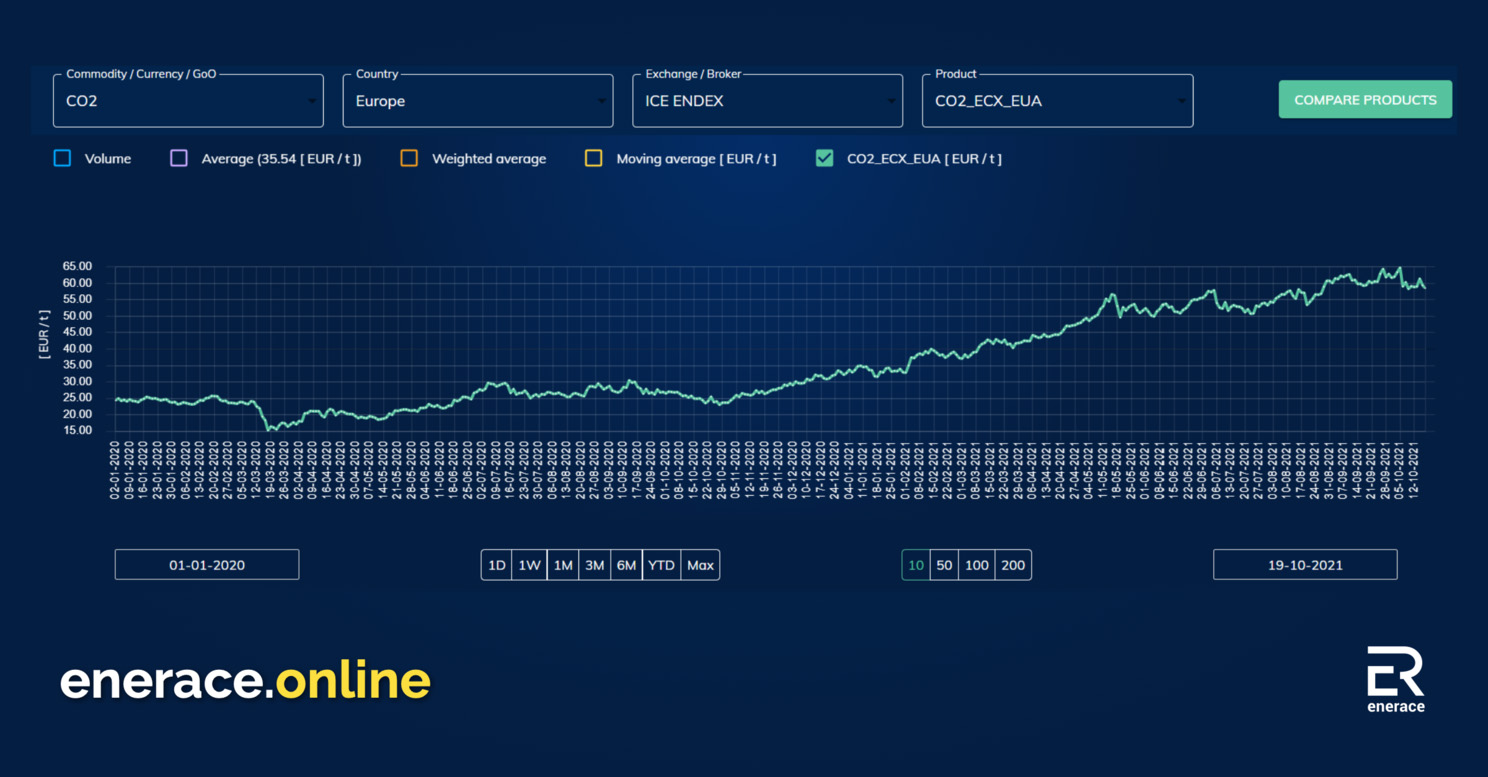
3. Harsh winter 2021/2022 and low levels in gas storage
The global demand for natural gas is increasing as natural gas will be used as a transition fuel in the energy transformation. Even countries such as Spain were surprised by a very harsh winter, where huge snow was lying on the streets of Madrid and LNG prices in Asia were historically high. The depleted gas storage facilities in Europe began the replenishment season in Q2/2021. However, not only Europe needs gas, but also Asia, where the demand for it is the highest (for example, Japan and China are the largest importers of LNG in the world). Asia needs gas and is buying it at record high prices. Thus, LNG ships will be more likely to go to places where they can earn the most and avoid Europe. Thus, the prices of liquefied gas and gas in Europe's pipelines began to rise. Europe has started to compete hard with Asia for gas.
Europe has entered the heating season Q4 / 2021 with the stock in some cases, eg in the Netherlands at around 60%, or in Germany at around 70%, which is the lowest level in 5 years. As a reminder, 20% of electricity production in the European Union comes from the use of natural gas, and due to the energy transformation, the demand is constantly growing.
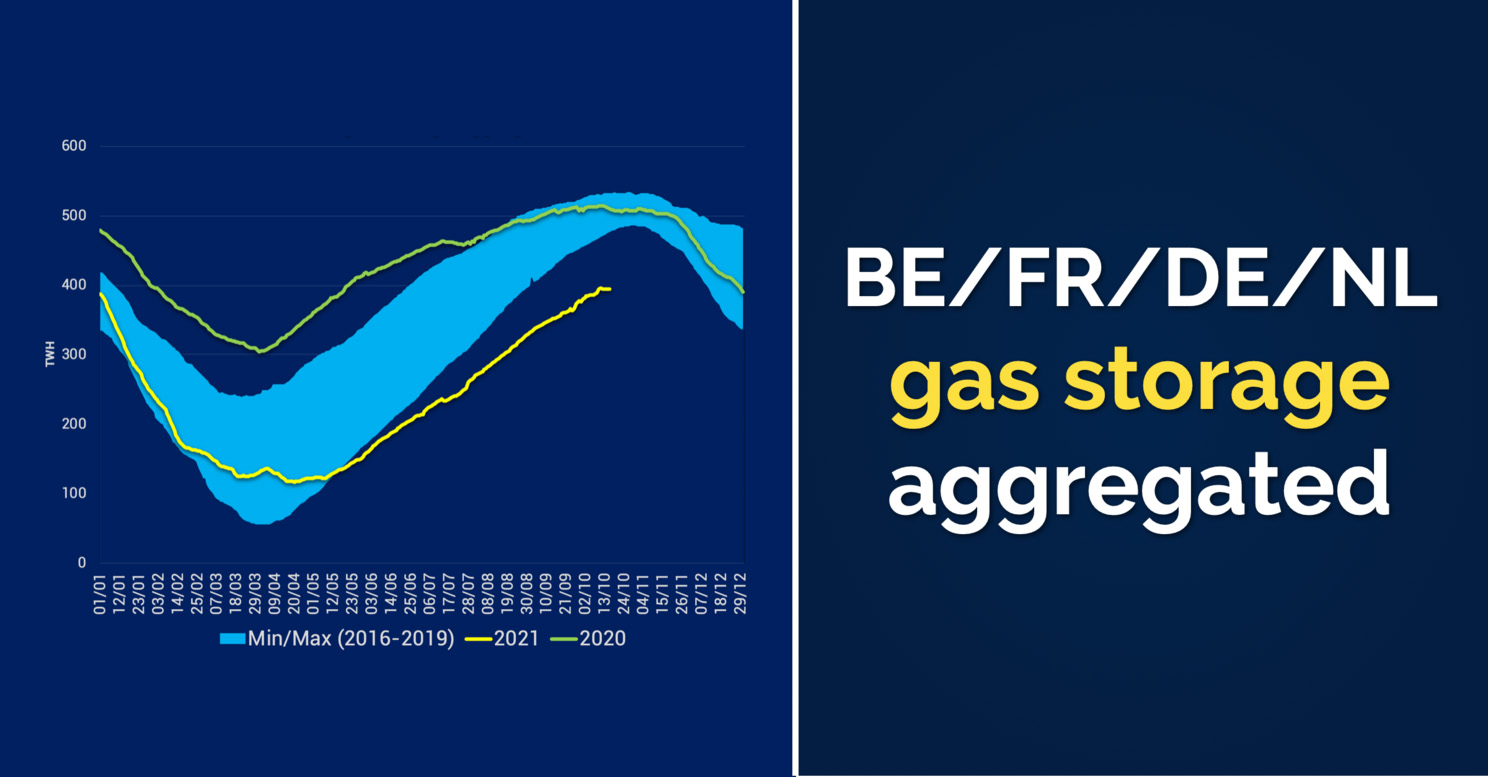
4. Low production in Renewables
The difficult situation resulted from the lower production of electricity, mainly from wind. Renewable energy sources, which have an increasing share in the energy mix (especially in Germany and Great Britain), have not provided as much energy as could be expected.
5. Coal generates profits again
With such high prices of natural gas, gas-fired power plants began to bring much lower profits from electricity production compared to coal-fired power plants. Switching gas blocks to coal increases the prices of coal and CO2 certificates (to remind, when burning coal, CO2 emissions are about twice as high as those from natural gas).
We can say that the market has a big problem with the availability of fossil fuels. Outages in some regions of China, or threats of outages in India only reinforce the upward trend in the market. According to POSOCO data, compared to the previous year, in the first eight months of 2021, the production of electricity from hard coal in India increased by 19.3%, while the generation of electricity from RES by 14.5%, and what is worse, the demand for power increased during this period by over 13%. In addition, such moves by China as the order to buy coal at "any price" are adding fuel to the fire.
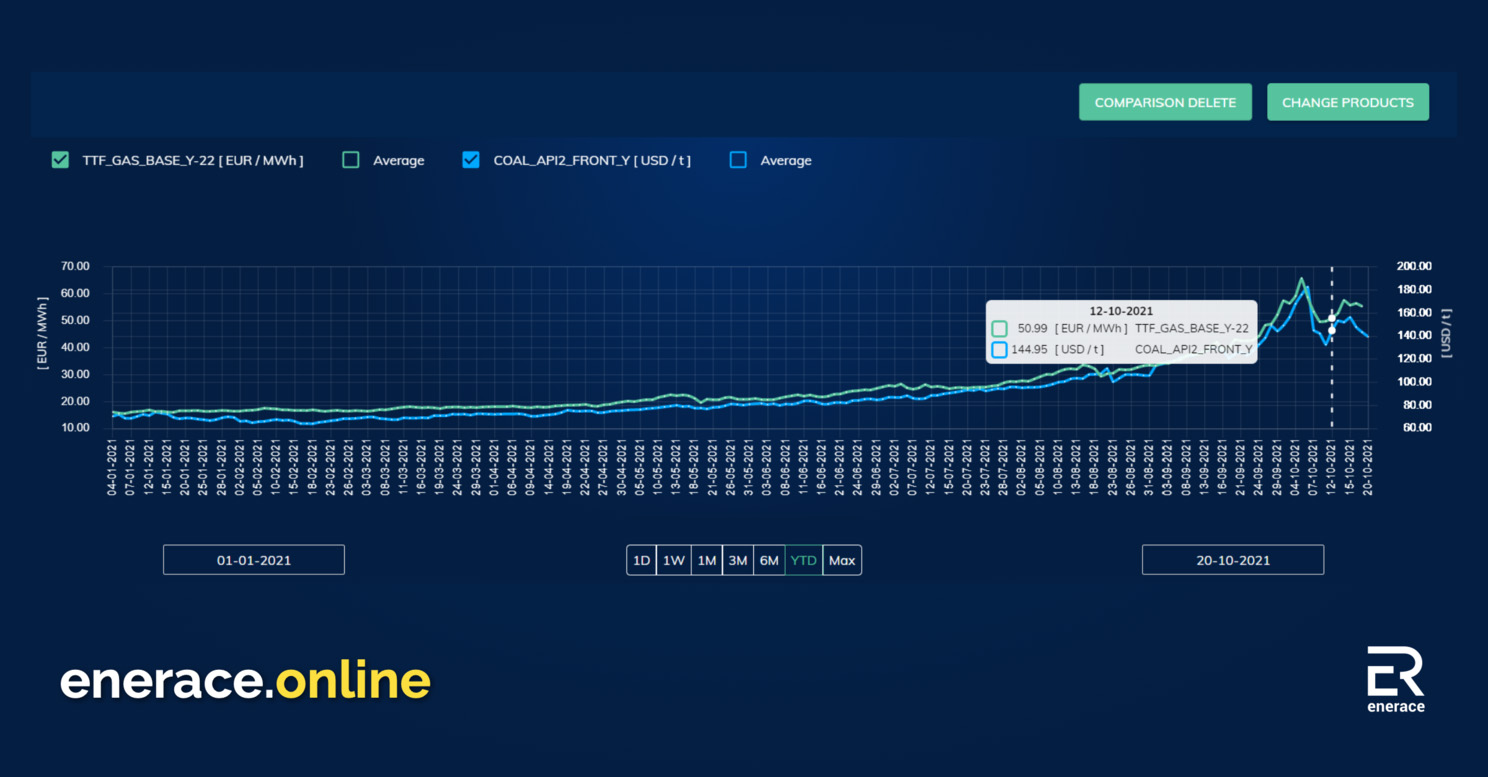
6. Gazprom can help, but not for free.
The Nord Stream 2 pipeline is already built and Russia may exert pressure for rapid certification by limiting gas fuel exports to Europe. The stocks of gas in Europe controlled by Russia are at very low levels, and gas transmission through Ukraine is definitely limited compared to previous years.
What is more, Russia could count on negotiation over extending its long term agreements with European countries like Poland.
What's next?
The resumption of coal imports by China from Australia after more than a year's, as well as the information from the Kremlin from Vladimir Putin's about the possible export of blue fuel gave the market a temporary relief, and strong declines were then noticeable. However, there is no clear position of "when" and "how much" of this fuel will flow to Europe, the direction of prices on the market follows a bullish path.
Unfortunately, an clear answer to the question 'what will happen next' does not exist. There are only theories, models, and scenarios circulating on the internet which, as life shows, more often do not work. I wrote more about it in my previous article in February 2021
https://www.linkedin.com/pulse/ile-warte-s%C4%85-prognozy-cen-energii-bartosz-palusi%C5%84ski/
To know the directions of potential price movements, we should know the answers, among others for questions:
- When will the gas from Nord Stream 2 flow and what will it be?
- Will Russia want to increase capacity via Ukraine?
- What will winter be like?
- Will it be windy?
- Will the demand for coal and gas in Asia decrease?
- To what extent is it possible to switch to electricity from oil and will the high demand for LNG and coal entail higher transport and oil costs?
- Will there be any unplanned shutdowns, e.g. of nuclear generation capacity in France, as was the case in Q4 2016 and Q4 2017?
- Will companies stop their production lines?
The energy transition is gaining momentum, but instead of switching off coal blocks, the situation is currently completely opposite - coal-fired power plants are producing full power, because the margin on the production of 1 MWh of electricity from coal exceeds that from natural gas.
The energy crisis, as some media has already called the current situation, may slow down the recovery of economies after COVID-19. High energy prices mean potentially higher prices for various products and services and, consequently, high inflation. Will the financial crisis come after the COVID-19 crisis / pandemic and the energy crisis, as it was in 2008-2009?
And finally - how long can the current energy crisis last? History shows that energy crises could last longer than a year ...
Date: 14/10/2021
Author: Bartosz Palusiński





